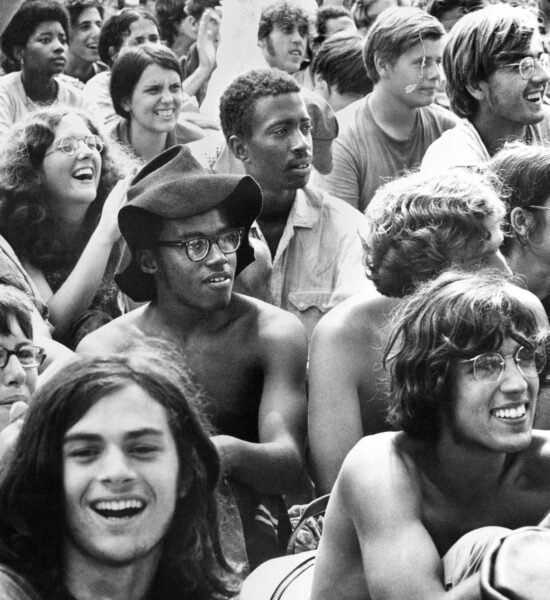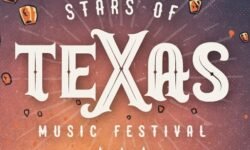Nestled amidst the rolling hills of Bethel, New York, the Woodstock Music & Art Fair unfolded on August 15-18, 1969, as a monumental event that forever etched itself into the annals of cultural history.
The Birth of an Idea
In the late 1960s, as America grappled with social and political turmoil, a group of young men envisioned a massive music festival that would bring together hundreds of thousands of peace-loving people.
The Perfect Location
After months of searching, the organizers stumbled upon Max Yasgur’s 600-acre farm as the ideal venue for their ambitious festival. The sprawling meadows and lush greenery provided an idyllic setting for the gathering.
An Unforgettable Lineup
Woodstock featured an extraordinary lineup of over 30 iconic bands and performers, including Jimi Hendrix, Janis Joplin, The Who, Santana, and Crosby, Stills, Nash & Young. Each act mesmerized the crowd with unforgettable performances that ranged from psychedelic rock to folk and blues.
A Sea of Humanity
As the festival gates opened, a massive influx of attendees poured into the site. The estimated crowd size of 400,000 far exceeded the organizers’ expectations, creating a sea of humanity that extended across the farm.
Challenges and Triumphs
Despite the colossal scale of the event, Woodstock was surprisingly peaceful and cooperative. The attendees shared food, water, and supplies with one another, creating a sense of community that transcended the music.
However, the festival also faced its share of challenges. Heavy rains turned the grounds into a muddy mess, and food and medical facilities were overwhelmed by the sheer number of attendees.
The Enduring Legacy
Woodstock became a defining moment in the counterculture movement. It embodied the spirit of peace, love, and freedom that characterized the 1960s.
The festival’s impact extended beyond music. It fostered a sense of unity and purpose among young people and raised awareness of important social issues.
A Cultural Touchstone
Over the years, Woodstock has become a cultural touchstone. Its iconic images, music, and ethos continue to inspire and influence artists, musicians, and all those who seek to connect with the spirit of that unforgettable summer.
Conclusion
Woodstock, the legendary music festival of 1969, was more than just a concert. It was a transformative experience that brought together a generation of young people seeking peace, love, and a better world. Its enduring legacy reminds us of the power of music, community, and the human spirit to create moments of profound significance.





Your article helped me a lot, is there any more related content? Thanks!